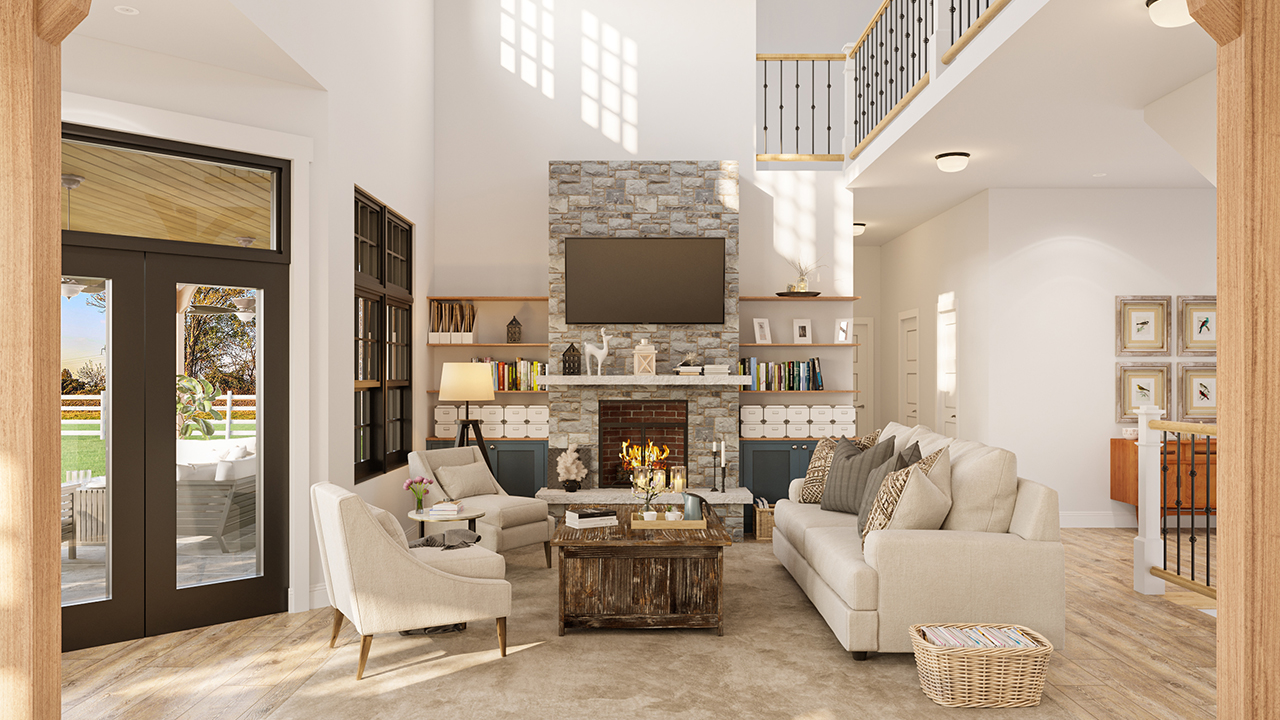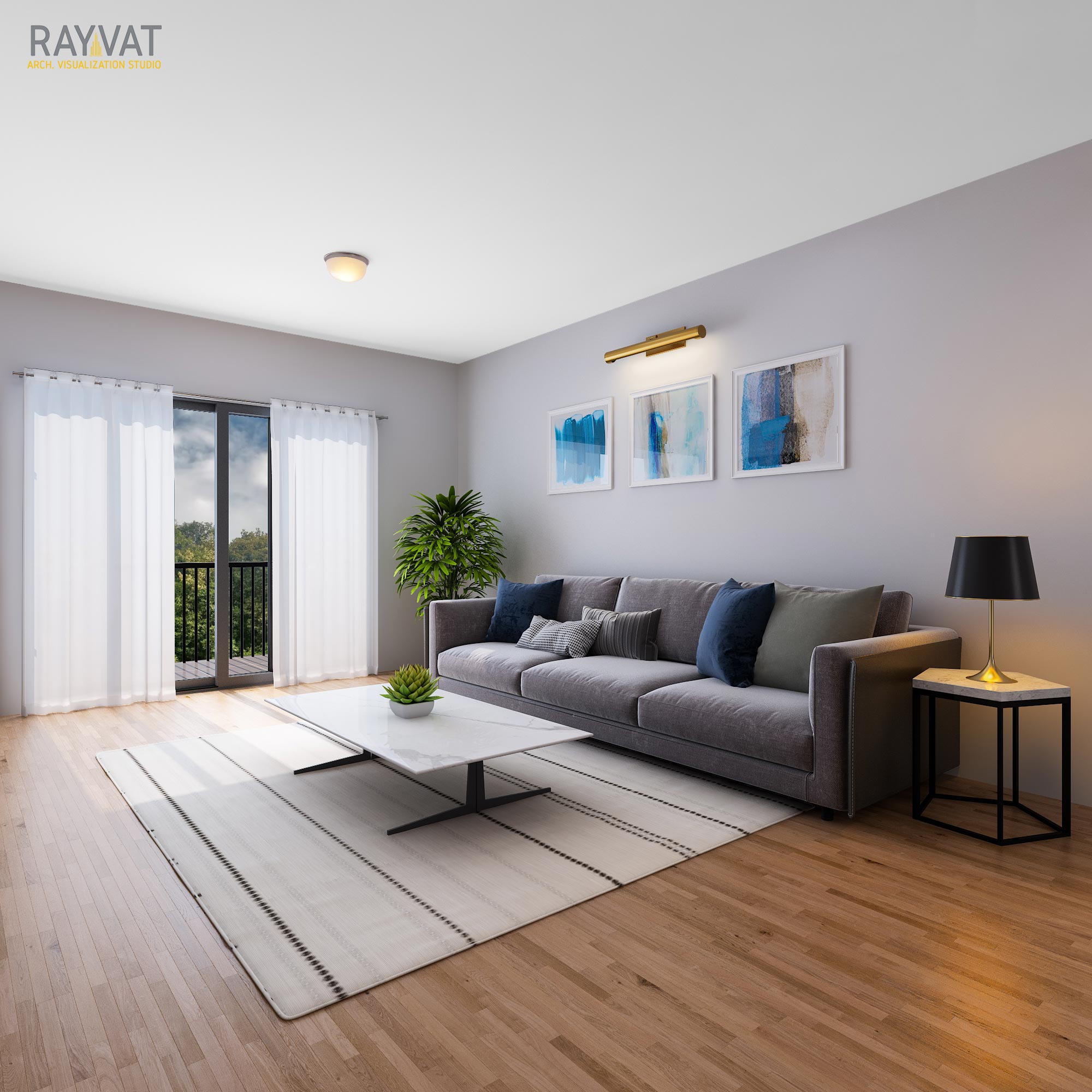
The Top Five Living Room Design Errors and How to Fix Them
The living room serves as the center of a home since it fosters an atmosphere of love and comfort and makes it easier to create precious moments with loved ones. When decorating a new home, the living room is typically the first area to consider—as opposed to the kitchen, basement, or bedrooms. The needs of the family will determine how a living room is decorated; it can be anything from a casual spot to unwind and watch TV after a hard day to a much more formal area to host small family gatherings.
The living room should be the most adaptable room in the house, serving as a gathering place for various occasions and satisfying the demands of every family member. The layout is essential to knowing the dynamics of the house. There are typically a lot of seating options and areas in this room; a coffee table, a few chairs, a sofa or couch, and, if needed, stools to keep the area cohesive.
In addition to discussing typical pitfalls to avoid when evaluating the living room layout and accessorizing the space in a balanced manner, this article focuses on how to design a living room space to bring harmony to the layout for the entire house.
 Image – 3D Rendering of a Living Room, California, USA
Image – 3D Rendering of a Living Room, California, USA
1. Not Testing the Room Layout
Testing the room layout before starting the design of the living room space is the best way to identify the center of attention and comprehend where furniture should be placed. This will also help define the function of the room, decide on furniture placement and traffic flow, and create distinct zones with the goal of having all aspects in harmony.
It is important to keep experimenting and adopting the method of trial and error to settle on a final design layout of a room, even though most decorating and designing are heavily based on personal preference and choice. Analyzing and assessing a room layout also teaches one when to stop, which is easily one of the most challenging skills to master, and resist the temptation of going overboard with decorative pieces.
2. Misjudging the Furniture's Size
Because furniture is so important to a home's interior design and because purchasing furniture for each room may be difficult and costly, a living area may sometimes appear small due to mismatched sofa, couch, or chair sizes. This error in judgment affects not only furniture but also carpets, drapes, and rugs. Area rugs frequently bind rooms together, giving them a cohesive sense. Anchoring the sofa, coffee tables, ottoman, and chairs together is beneficial.
The size of a piece of furniture or carpeting is a matter of taste, but if chosen incorrectly, it may quickly overpower or underwhelm a room. A typical mistake is to purchase a large, bulky corner sofa that will accommodate multiple people; however, doing so will take up a significant amount of space in the room and be awkward for other furniture.
Therefore, anticipating how many people are typically in the room and making the most of seating areas by utilizing ottomans and footstools will assist in avoiding such a scenario.
3. Ignoring the Living Room's Focal Point
Recognizing a living room's focal point is essential to a well-designed layout that facilitates future planning around the area. The furniture, gadgets, and other design elements in the living room may become chaotic if the focal point is not clear. Finding a clever technique to hide the TV so that it is in a position that is comfortable to watch, depending on the type of TV, can improve the design element of a room because making the TV the center of attention in a living area frequently hinders the room's aesthetics.
Place the furniture to best make use of any natural focal point in the room, such as a large window that faces outdoors, a fireplace, bookshelves, or mirrors. A sliding painting or panels can add a more organic touch, and mounting the TV on a shelf that complements its color is another option for hiding it.
4. Making too many pattern blend attempts
The greatest approach to infusing a living area with excitement and personality is to include patterns. Finding the ideal balance, though, to combine your creativity with practical application is important and frequently difficult. It will look less appealing to the eye if you use too many designs. It will make the area unrealistically busy, disorganized, and chaotic, which will impair its usefulness and make it less conducive to unwinding.
By deliberately selecting patterns as well as plain designs, this can be prevented. Gaining an understanding of various patterns—such as stripes, floral, abstract, plaid, and more—can aid in creating a unified appearance. For instance, one could select a straightforward couch and patterned pillows, or the other way around. Additionally, it is preferable to select smaller designs for pieces that are smaller in size, such as armchairs, and larger prints for oversized pieces like sofas.
5. Insufficient Use of Lights
When creating a living room, lighting is important, and where the lights are placed has a big impact on how functional the room is. Therefore, it's advisable to establish the living room space's usefulness before deciding on the quantity and kind of lights. This helps ensure that the majority of the space in a house satisfies everyone's needs.
Only a few needs and demands can be satisfied by a single ceiling-mounted central light. It is preferable to have separate zones of lighting in the room for each task. In addition to improving the aesthetic of the space, adding more lighting to the living room—such as floor lamps, table lamps, standing lamps, and scones—will also assist in creating distinct moods for a variety of activities.
Improving natural light in a living area is advised as the main priority since it promotes better physical and mental wellness. Mirrors angled diagonally towards windows will aid in reflecting light back into the home. A living room may be transformed into a TV room, entertainment area, and place to unwind with loved ones with the right lighting.
Conclusion
Designing and decorating a living room can be very exciting, even though it can sometimes lead to common mistakes and pitfalls that compromise the aesthetics and functionality of a space. As with any journey, creating the perfect living room that is aesthetically pleasing, practical, and comfortable requires trial and error, experimenting with different styles, furniture arrangements, and lighting.
One can construct a beautiful, personal, and refreshing living area that would elevate daily artfulness by avoiding some of the crucial faults mentioned above. If you are trying to design your living space, you can visualize your concepts lifelike by utilizing 3D Rendering services. Using this, you can visualize all the elements of the living space right from flooring, walls, lighting décor, and furnishing elements in an immersive way. Contact Rayvat Rendering Studio today at (US): (888) 863-4445 or drop us your inquiry on the Contact Us Page.
